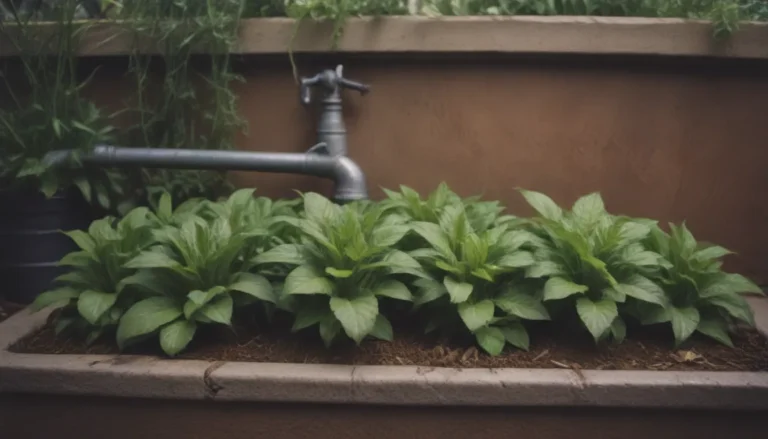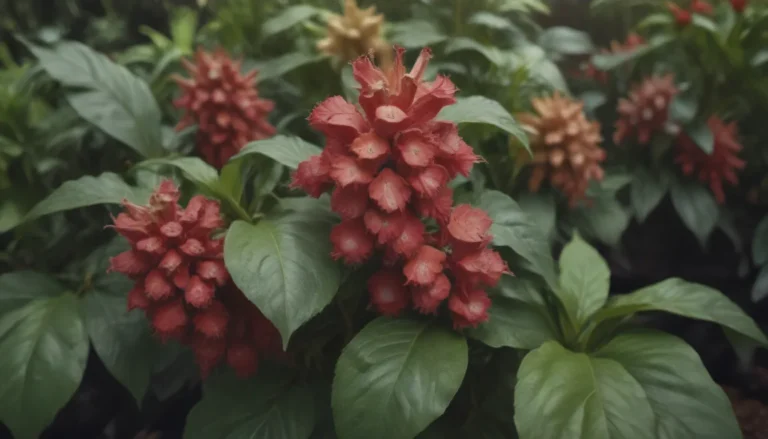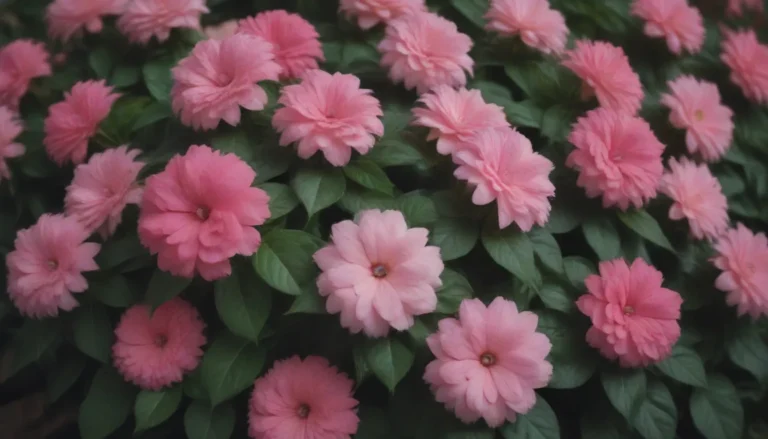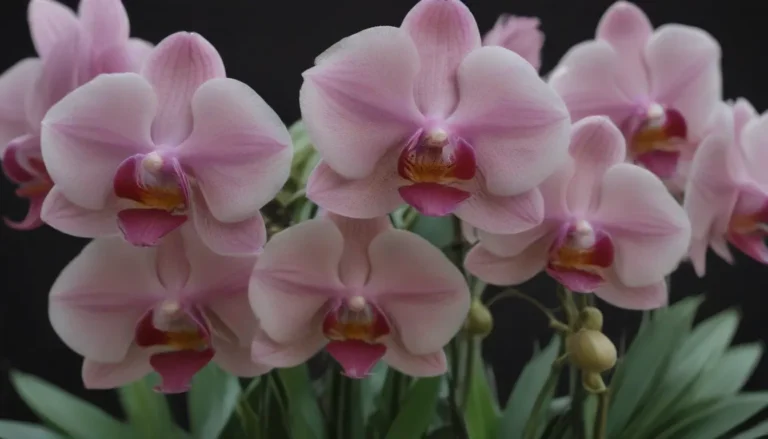Everything You Need to Know About Growing and Caring for Scindapsus Pictus ‘Exotica’
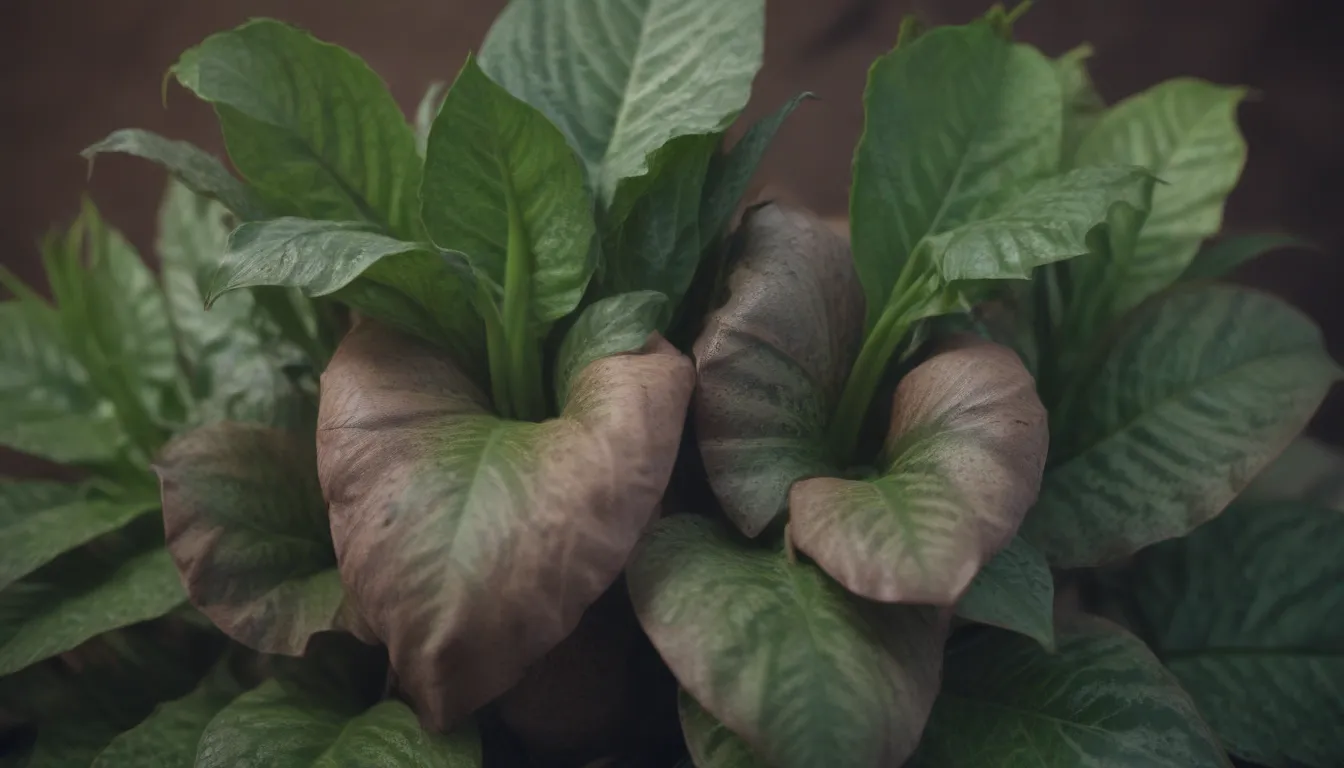
Are you a plant lover looking to add a touch of tropical beauty to your home? Look no further than the stunning Scindapsus pictus ‘Exotica’, also known as satin pothos. This evergreen climbing plant is a popular choice for houseplant enthusiasts, thanks to its large, heart-shaped green leaves with shimmery silver variegation. While it may be commonly mistaken for its close relative, the Scindapsus pictus ‘Argyraeus’, the ‘Exotica’ stands out with its larger and thicker foliage.
If you’ve been hesitant to bring this beauty home due to concerns about its care requirements, fear not! In this comprehensive guide, we will walk you through everything you need to know to grow and care for your Scindapsus pictus ‘Exotica’. From lighting and watering needs to troubleshooting common problems, we’ve got you covered.
Understanding Scindapsus Pictus ‘Exotica’
Before we dive into the nitty-gritty of caring for your Scindapsus pictus ‘Exotica’, it’s essential to understand a few key points about this tropical plant:
- Genus: Scindapsus
- Common Names: Satin Pothos, Silver Pothos, Silver Philodendron
- Toxicity: Just like its relatives in the pothos and Philodendron genera, Scindapsus plants are toxic to cats, dogs, and horses, so be cautious if you have furry friends at home.
Now that we have a better understanding of this beautiful plant let’s move on to the specifics of how to care for it in your home.
Scindapsus Pictus ‘Exotica’ Care Guide
Light
In its natural habitat, the Scindapsus pictus ‘Exotica’ thrives in bright, indirect light. While it can tolerate medium to low light conditions, optimal growth occurs with several hours of sunlight. Avoid direct sunlight, as it can harm the leaves of this tropical beauty.
Soil
To prevent root rot, plant your ‘Exotica’ in a loose, well-draining potting mix enriched with organic materials. A blend of orchid bark, coco peat, potting soil, and perlite creates an airy, fertile, and moist environment for your plant to flourish.
Water
Water your Scindapsus pictus ‘Exotica’ when the top 2 to 3 inches of soil are dry. Avoid letting the plant completely dry out or become waterlogged, as both extremes can harm its roots. Adjust your watering frequency based on the plant’s growth cycle, watering more frequently in the summer and less in the winter.
Temperature and Humidity
While native to tropical rainforests, the ‘Exotica’ adapts well to standard household temperatures. It appreciates added humidity but can thrive without it. Keep the plant away from drafts and maintain temperatures above 60 degrees Fahrenheit. Consider moving it outdoors in USDA zones 10 through 12 during warmer months.
Fertilizer
During the active growth period in spring and summer, fertilize your Scindapsus pictus ‘Exotica’ monthly with a balanced liquid fertilizer. Stop fertilizing in the fall when the plant enters dormancy to support healthy growth.
Pruning and Propagating Tips
Pruning
While the ‘Exotica’ is a slow grower, occasional pruning can help control its growth and enhance its appearance. Prune in the spring and summer using sharp, clean shears to encourage a bushier growth pattern. Don’t forget—you can use stem cuttings to propagate new plants!
Propagating
Propagating your ‘Exotica’ is a rewarding process that involves taking stem cuttings. While it may take some time due to the plant’s slow growth, patience and care will yield new plants in no time. Follow a few simple steps to propagate your Scindapsus pictus ‘Exotica’ successfully.
Potting and Repotting
Scindapsus pictus ‘Exotica’ does not require frequent repotting and thrives in the same container for several years. When it’s time to repot, choose a slightly larger pot with drainage holes to support healthy growth. Terracotta or plastic pots both work well; just adjust your watering routine accordingly.
Common Pests & Plant Diseases
Scindapsus pictus ‘Exotica’ is generally resilient to pests and diseases. However, keep an eye out for common houseplant pests like spider mites, scale, mealybugs, thrips, and fungus gnats. Regular inspections and appropriate watering practices can prevent issues before they escalate.
Troubleshooting Common Problems
Yellow Leaves
Yellow leaves are often a sign of overwatering or root rot. Adjust your watering schedule and ensure proper drainage to maintain the plant’s health.
Lack of Variegation
Insufficient light can cause the ‘Exotica’ to lose its silver variegation. Provide bright, indirect light to preserve its striking appearance.
Stunted Growth
While slow-growing, lack of growth may indicate issues with light or watering. Ensure your plant receives adequate light and water to support healthy development.
Curling Leaves
Underwatering can lead to curling leaves in your Scindapsus pictus ‘Exotica’. Maintain a regular watering schedule to keep your plant thriving.
As you care for your Scindapsus pictus ‘Exotica’, remember that each plant has its unique preferences. With a bit of observation and adjustment, you can create the perfect environment for your tropical beauty to thrive. Enjoy the process of nurturing your ‘Exotica’ and watching it grow into a stunning addition to your indoor space.
In conclusion, Scindapsus pictus ‘Exotica’ is a versatile and visually striking plant that can brighten up any home with its lush foliage. By following the care tips outlined in this guide, you can ensure that your ‘Exotica’ thrives and continues to bring beauty to your indoor space for years to come.
Remember, a little love and attention go a long way when it comes to caring for your plants. Happy growing!
